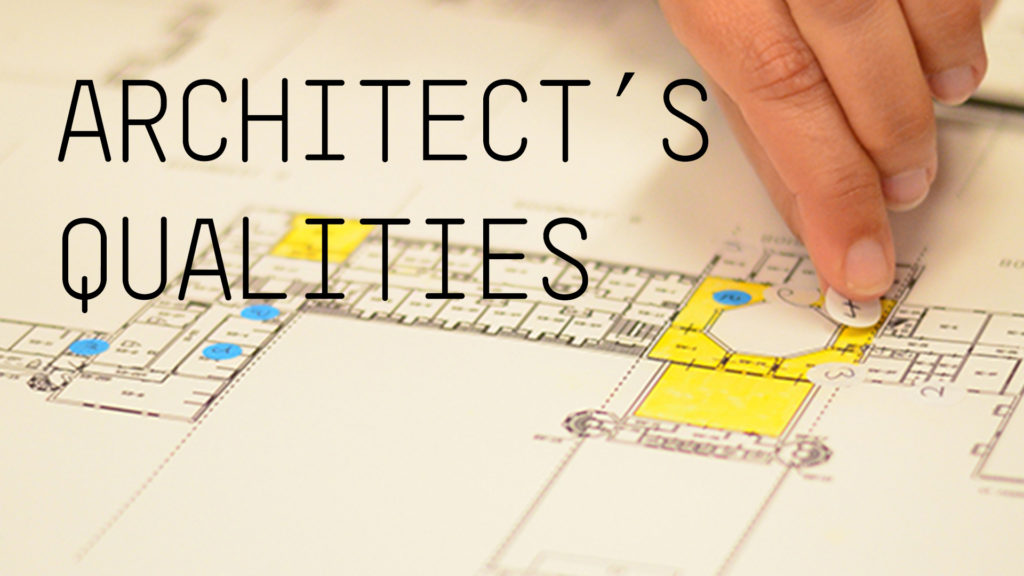An architect is a person who plans, designs and oversees the construction of buildings. To practice, architecture means to provide services in connection with the design of buildings and the space within the site surrounding the buildings that have human occupancy or use as their principal purpose. Etymologically, the term architect derives from the Latin architectus, which derives from the Greek (arkhi-, chief + tekton, builder), i.e., chief builder.
The professional requirements for Architects vary from place to place. An architect’s decisions affect public safety, and thus the architect must undergo specialized training consisting of advanced education and a practicum (or internship) for practical experience to earn a license to practice architecture. Practical, technical, and academic requirements for becoming an architect vary by jurisdiction, though the formal study of architecture in academic institutions has played a pivotal role in the development of the profession as a whole.
Roles of Architects in Construction
Once an architect is contacted by a client, a meeting is called to discuss the project needs and requirements. Several meetings may take place until both parties are satisfied with the conceptual design. However, designing an entire building is a huge task for a single person; architects work with civil and structural engineers to discuss technical issues and the structural integrity of a building.
Architects are not just involved in the building design phase. Their role is important in every stage of a project, and this article summarizes their responsibilities. Architects can also help improve energy efficiency, by designing buildings that maximize natural lighting and ventilation, while reducing the heating and cooling needs.
Cost Estimation
Cost Estimation at different stages of the project allows better control over the budget. Architects visualize the whole building structure, bringing creative designs and ideas to the construction industry, but these also require an underlying structural design and MEP installations.
Architects and engineers must be careful not to underestimate the cost of materials and construction time, since this helps provide effective cost estimations. The amounts of details presented by architects in their cost estimations depends on their extent of work: they can be in charge of presenting a complete construction estimation, or just a part such as landscaping.
Architect Skills and Duties
The following are some of the main skills that a professional architect must have:
- Customer service and retention: It is important for architects to develop social skills and manners, since they are usually the first construction professional that works with a client. Since they work closely with clients during all project stages, architects must have excellent oral and written communication skills.
- Design: Architects must design, plan, and develop concepts to create construction plans and technical documents. These are based on client requirements and ideas.
- Research: Architects must learn about the different building codes, safety regulations, construction innovations and city laws that affect their designs. Since these regulations are in constant evolution, they must stay up-to-date with new laws and requirements.
- Technology knowledge: Architects must be trained in modeling software and techniques, such as BIM. This will help them remain competitive in the construction industry, which is becoming more technological.
Main Differences Between an Architect and a Civil Engineer
As discussed before, architects and civil engineers work together during the planning, design, and construction phases of building projects. The difference is reflected on the main goal of each professional.
- Architects will focus on the aesthetics, look, feel and functionality of a structure. It is important to note that architects also have technical knowledge on construction methods and structural design, but that aspect is mostly delegated to civil engineers.
- Civil engineers will concentrate on analyzing the structural integrity of the project. This included making sure the structure will support the loads and forces it will endure during its lifespan.
By working together, architects and civil engineers can find innovative ways to meet the client’s vision and requirements. A good working relationship between the two professions guaranties an effective and successful job.


